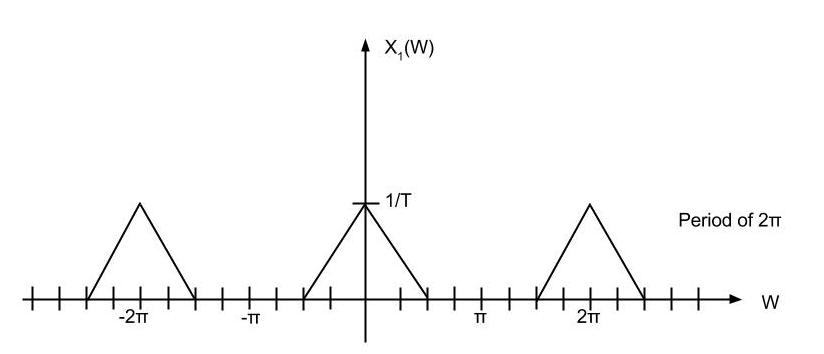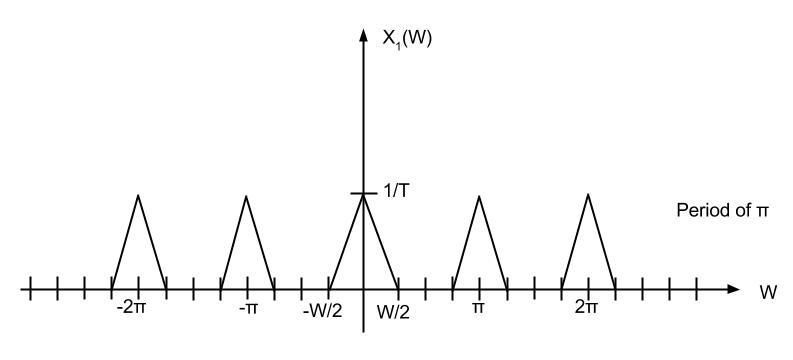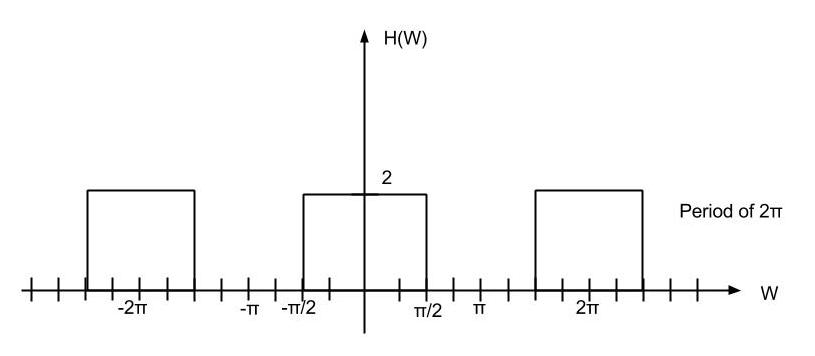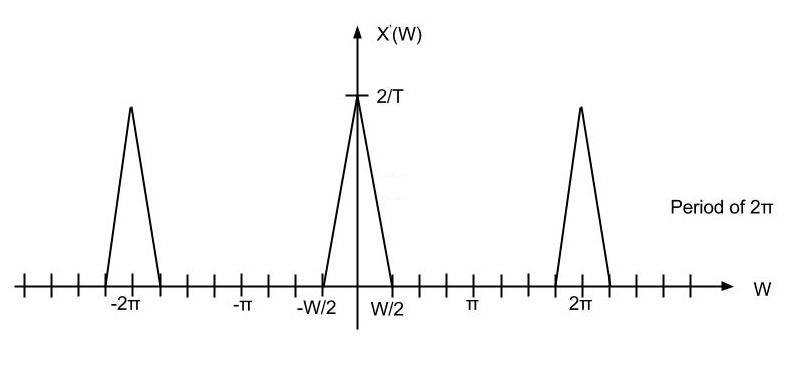m (Protected "Text slectrue" ([Edit=Allow only administrators] (indefinite) [Move=Allow only administrators] (indefinite))) |
|||
| Line 52: | Line 52: | ||
If you have any questions, comments, etc. please post them on [[Upsampling_Hyungsuk_Kim_slecture_review|this page]]. | If you have any questions, comments, etc. please post them on [[Upsampling_Hyungsuk_Kim_slecture_review|this page]]. | ||
| + | ---- | ||
| + | [[2014_Fall_ECE_438_Boutin_digital_signal_processing_slectures|Back to ECE438 slectures, Fall 2014]] | ||
Latest revision as of 09:01, 14 March 2015
OUTLINE
1. Introduction
2. Theory
3. Example
4. Conclusion
_________________________________________________________________________________________________________
Introduction
Upsampling is the process of increasing sampling rate of discret-time signal. In this slecture, I will discuss about how it works and example of upsampling.
Theory
Upsampling in the frequency domain. It can be obtain in two different ways.
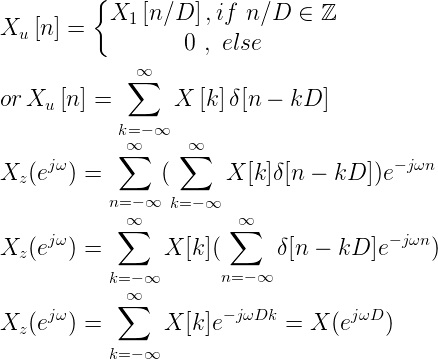 or
or 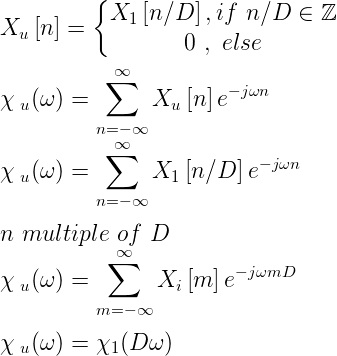
Example
Upsampling rate D = 2
Here is the example of sampling signal.
Upsampling rate D = 2 is applied.
Low-Pass filter of cutoff π/2, gain 2 is applied.
Here is the final upsampling signal.
Conclusion
Upsampling by D inserts D - 1 zeros between every element of the original signal. Upsampling can create imaging artifacts. Lowpass filtering following upsampling can remove these imaging artifacts. In the time domain, lowpass filtering interpolates the zeros inserted by upsampling.
Questions and comments
If you have any questions, comments, etc. please post them on this page.


